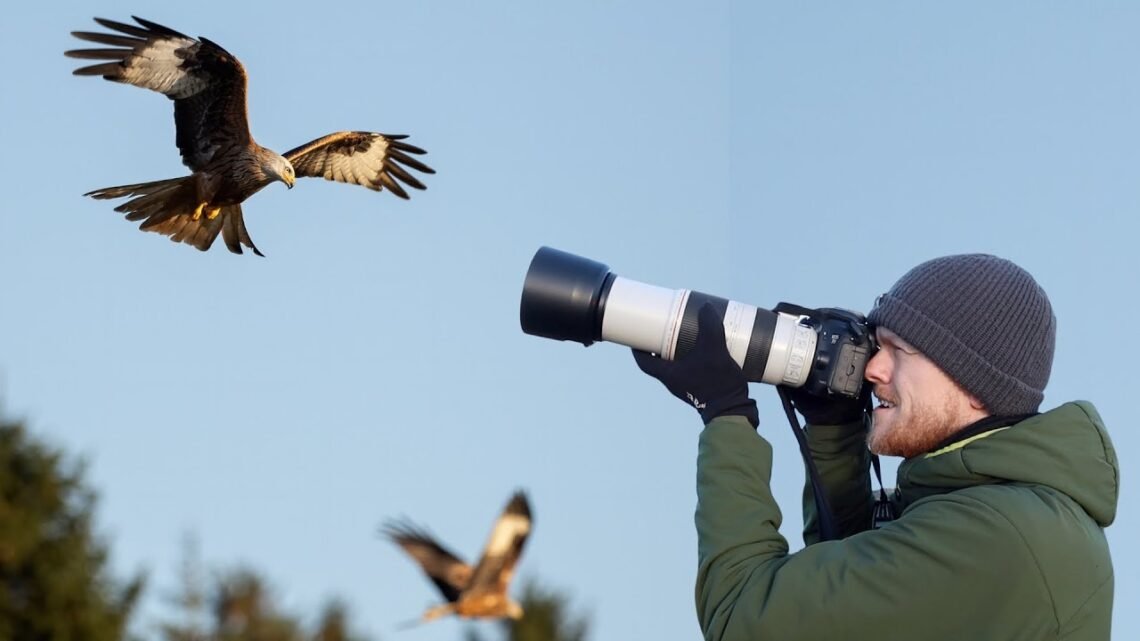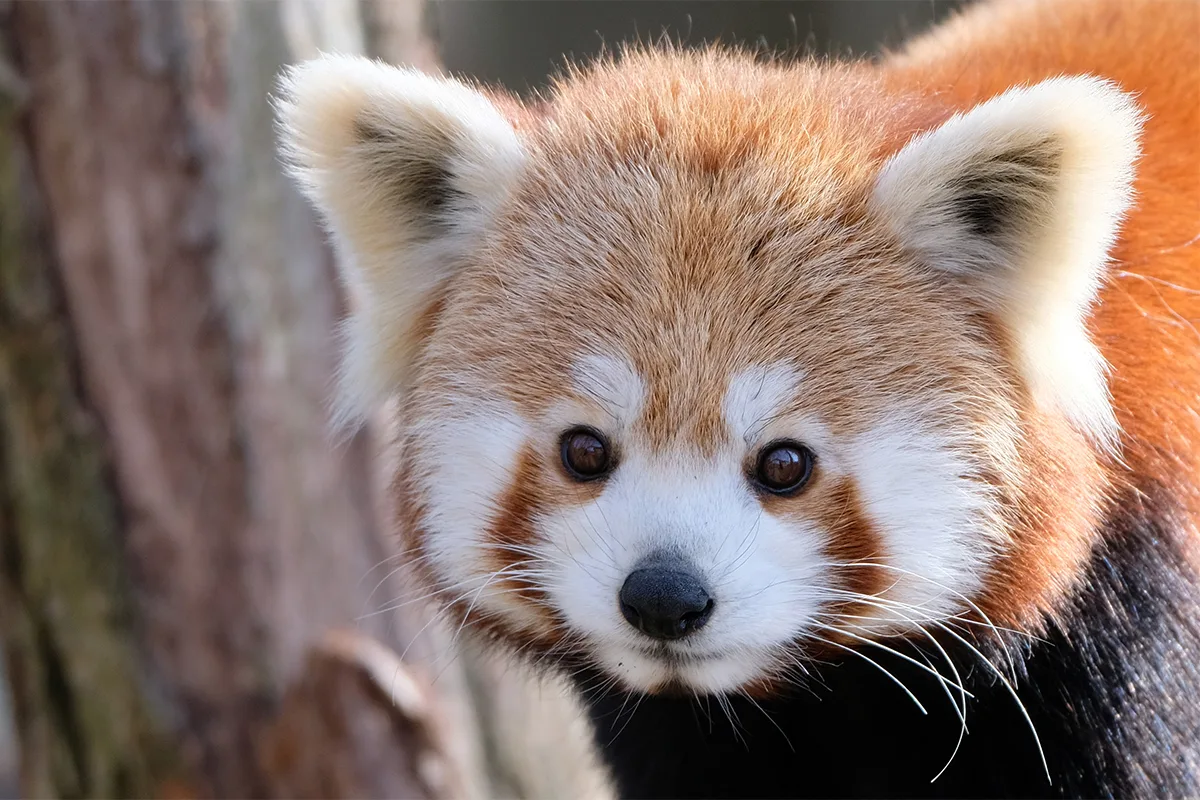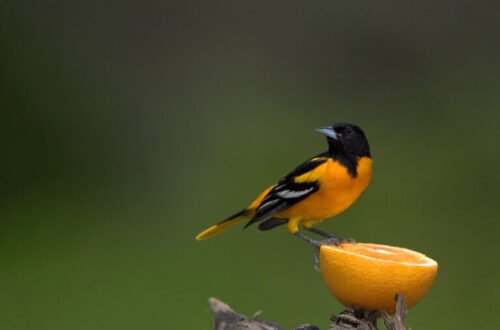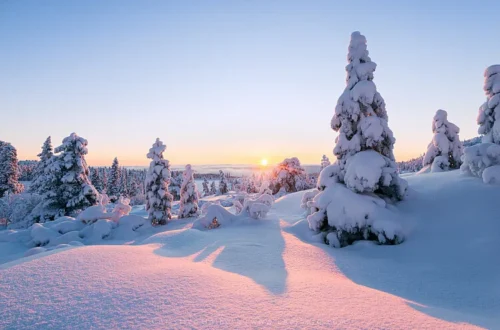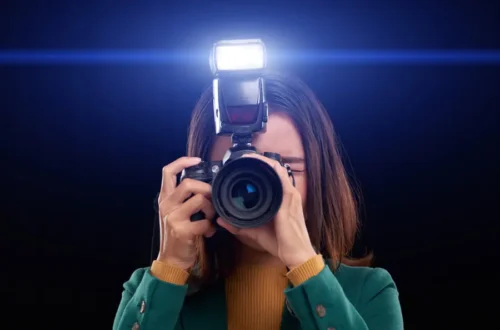Capturing the Magic of Birds Through Your Lens
Bird-watching and photography are a match made in nature’s paradise, blending patience, observation, and creativity. Whether you’re spotting a vibrant kingfisher or a soaring eagle, capturing these fleeting moments requires skill and strategy. This guide shares expert photography tips tailored for bird-watchers, drawing from real experiences to help you create stunning images that soar.
Why Bird Photography Is Unique
Bird photography demands a mix of technical know-how and an understanding of avian behavior. Birds are fast, unpredictable, and often shy, making them challenging yet rewarding subjects. From mastering your camera settings to blending into their world, these tips will elevate your shots from blurry blobs to gallery-worthy masterpieces.
The Joy of Bird-Watching Meets Photography
Combining bird-watching with photography is like adding a cherry to your sundae—it enhances the experience. Documenting a rare sighting, like the elusive resplendent quetzal I once chased in Costa Rica, feels like preserving a treasure. It’s not just about the photo; it’s about immortalizing a moment in nature.
Essential Gear for Bird Photography
The right equipment can make or break your bird photography adventure. While you don’t need a fortune to start, choosing gear suited for wildlife photography is crucial. Here’s what you need to get those crisp, vibrant shots.
Choosing the Right Camera
A DSLR or mirrorless camera with fast autofocus, like the Canon EOS R7 or Nikon Z50, is ideal for capturing birds in motion. These cameras offer high frame rates and excellent low-light performance. For beginners, even a crop-sensor camera can deliver stunning results without breaking the bank.
Best Lenses for Bird Photography
Long telephoto lenses (300mm or more) are essential for zooming in on distant birds without disturbing them. The Sigma 150-600mm f/5-6.3 is a budget-friendly favorite, while pros might opt for a Canon EF 400mm f/2.8 for razor-sharp clarity. I learned the hard way that a short lens leaves you with nothing but a speck in the frame!
Must-Have Accessories
- Tripod or Monopod: Stabilizes your camera for sharp shots, especially in low light.
- Camouflage Gear: Helps you blend into the environment to avoid spooking birds.
- Extra Batteries: Long shoots in the wild drain power fast.
- Memory Cards: High-capacity, fast-writing cards like SanDisk Extreme Pro prevent lag.
Mastering Camera Settings for Birds
Getting your camera settings right is like tuning an instrument before a concert—it sets the stage for success. Birds move quickly, so your settings need to keep up. Here’s how to dial in the perfect shot.
Shutter Speed: Freeze the Action
Use a fast shutter speed (1/1000s or higher) to capture birds in flight or mid-hop. During a dawn shoot for sandhill cranes, I cranked my shutter to 1/2000s to freeze their wingbeats. Slower speeds risk motion blur, especially with erratic fliers like hummingbirds.
Aperture: Balance Light and Depth
A wide aperture (f/2.8 to f/5.6) isolates birds from busy backgrounds, creating that dreamy bokeh effect. For group shots, like a flock of starlings, a narrower aperture (f/8) keeps more birds in focus. Experiment to find the sweet spot for your scene.
ISO: Adapt to Lighting Conditions
In bright daylight, keep ISO low (100-400) for crisp images. In dim forests or at dawn, bump it up to 800-1600, but beware of noise. My early attempts at owl photography taught me that modern cameras handle high ISO better than I expected!
Autofocus: Track Moving Targets
Set your camera to continuous autofocus (AF-C or AI Servo) to track birds in motion. Use a single focus point for precision or dynamic area mode for erratic movers. Practicing on backyard sparrows helped me nail focus for trickier subjects like peregrine falcons.
Understanding Bird Behavior for Better Shots
Knowing your subject is half the battle in bird photography. Birds have unique habits, and understanding them helps you anticipate the perfect moment. Spend time observing before shooting to predict their moves.
Timing Your Shots
Birds are most active at dawn and dusk, when light is soft and behavior is lively. I once waited an hour for a great blue heron to strike at a fish, and the golden-hour glow made the shot magical. Check local birding apps like eBird for peak activity times.
Learning Bird Calls and Habits
Familiarize yourself with calls and behaviors to locate birds and predict actions. For example, a woodpecker’s drumming signals feeding time, perfect for action shots. Apps like Merlin Bird ID from Cornell Lab can help identify calls on the go.
Ethical Photography Practices
Never disturb birds or their habitats for a photo. Keep a respectful distance, avoid playback calls that stress birds, and stick to trails. The Audubon Society’s guidelines on ethical birding are a must-read for responsible photographers.
Composition Tips for Stunning Bird Photos
Great bird photos aren’t just about gear—they’re about telling a story through composition. A well-composed shot draws viewers in and showcases the bird’s beauty. Here are some tips to elevate your images.
Rule of Thirds
Place the bird off-center, aligning its eye or head with one of the rule-of-thirds gridlines for a balanced, dynamic shot. I once framed a cardinal against a snowy branch using this rule, and it became my favorite winter photo.
Background and Foreground
Choose clean backgrounds to make your subject pop. A busy forest can distract, so use a wide aperture to blur it. Including natural elements like branches or water in the foreground adds depth without overwhelming the image.
Capturing Action and Emotion
Aim for shots that show behavior—think a hawk diving or a sparrow bathing. These moments convey life and personality. My heart raced when I caught a kingfisher mid-dive, water splashing around its beak—it felt like stealing a secret from nature.
Post-Processing for Polished Results
Editing can transform a good photo into a great one, but subtlety is key. Use software to enhance colors and sharpness without making images look unnatural. Here’s how to polish your bird photos.
Best Editing Software
- Adobe Lightroom: Ideal for adjusting exposure, contrast, and colors.
- Photoshop: Perfect for advanced retouching, like removing distractions.
- GIMP: A free alternative for budget-conscious photographers.
- Topaz DeNoise AI: Reduces noise in high-ISO shots.
Editing Tips for Bird Photos
- Adjust Exposure: Brighten underexposed shots or tame harsh highlights.
- Sharpen Details: Enhance feathers and eyes for crispness, but don’t overdo it.
- Crop Thoughtfully: Tighten the frame to emphasize the bird, keeping composition balanced.
- Boost Colors: Enhance natural hues without making the bird look cartoonish.
Comparing DSLR vs. Mirrorless for Bird Photography
| Feature | DSLR | Mirrorless |
|---|---|---|
| Weight | Heavier, bulkier | Lighter, more compact |
| Autofocus Speed | Reliable but slower in some models | Faster, with advanced tracking |
| Battery Life | Longer (600-1000 shots) | Shorter (300-500 shots) |
| Price | More affordable entry-level options | Higher initial cost |
Pros of DSLR
- Longer battery life for extended shoots.
- Wide range of affordable lenses.
- Rugged build for tough outdoor conditions.
Cons of DSLR
- Bulkier, harder to carry on long hikes.
- Slower autofocus in budget models.
- Optical viewfinder can lag in fast action.
Pros of Mirrorless
- Lightweight, ideal for mobile bird-watchers.
- Superior autofocus for tracking birds in flight.
- Electronic viewfinder shows real-time exposure.
Cons of Mirrorless
- Shorter battery life requires spares.
- Higher cost for top-tier models.
- Fewer lens options for some brands.
People Also Ask (PAA) Section
What is the best camera for bird photography?
Mirrorless cameras like the Canon EOS R5 or Nikon Z9 offer fast autofocus and high frame rates, ideal for birds. DSLRs like the Nikon D500 are also excellent for beginners.
What lens is best for bird photography?
A telephoto lens (300mm or longer) like the Sigma 150-600mm f/5-6.3 or Canon EF 400mm f/2.8 is ideal for capturing distant birds with clarity.
How do you photograph birds in flight?
Use a fast shutter speed (1/1000s or higher), continuous autofocus, and a high frame rate. Practice tracking moving subjects to improve your timing.
Where can I find bird photography tips?
Visit Audubon.org for expert advice or AllAboutBirds.org for tutorials and gear reviews.
A Personal Tale of Bird Photography
Last spring, I set out to photograph a barn owl in a local nature reserve. Armed with a Nikon D750 and a 300mm lens, I spent hours in a hide, battling mosquitos and my own impatience. Just as the sun dipped, the owl swooped into view, its wings glowing against the twilight. The shot I got—its piercing eyes locked on prey—was worth every itchy bite. That moment taught me that bird photography is as much about patience as it is about skill.
Tools and Resources for Bird Photographers
Best Tools for Planning Shoots
- eBird: Tracks bird sightings and hotspots.
- Merlin Bird ID: Identifies species by photo or sound.
- SunCalc: Maps sunrise/sunset for optimal lighting.
- Weather Underground: Checks local conditions for planning.
Where to Buy Gear
- B&H Photo Video: Wide selection of cameras and lenses.
- Adorama: Competitive prices and bundles.
- Amazon: Budget-friendly accessories like tripods.
- Local Camera Stores: Offer hands-on testing and advice.
Joining Bird Photography Communities
Connect with others through Audubon Society chapters or online forums like BirdForum.net. These communities share tips, locations, and feedback to improve your craft.
FAQ Section
Q: What’s the best time of day for bird photography?
A: Dawn and dusk offer soft light and active birds, ideal for vibrant, well-lit shots. Check local sunrise/sunset times for planning.
Q: Do I need an expensive camera for bird photography?
A: No, entry-level DSLRs or mirrorless cameras like the Canon EOS Rebel T7 can produce great results with the right lens and technique.
Q: How do I avoid scaring birds while photographing?
A: Move slowly, wear neutral clothing, and use a hide or camouflage. Keep a respectful distance and avoid loud noises or sudden movements.
Q: What’s the best lens focal length for birds?
A: A 300mm to 600mm telephoto lens is ideal for capturing distant birds without disturbing them. Longer focal lengths offer more reach.
Q: Where can I learn more about bird photography?
A: Websites like Audubon.org and AllAboutBirds.org offer tutorials, while local birding groups provide hands-on workshops.
The Joy of Bird Photography
Bird photography is more than a hobby—it’s a way to connect with nature and capture its fleeting beauty. From the thrill of nailing a shot of a hawk in mid-flight to the quiet joy of spotting a rare warbler, every moment teaches you something new. With these tips, a bit of patience, and a love for birds, you’ll be snapping photos that make hearts take wing. So grab your camera, head to the nearest forest, and let the adventure begin!
